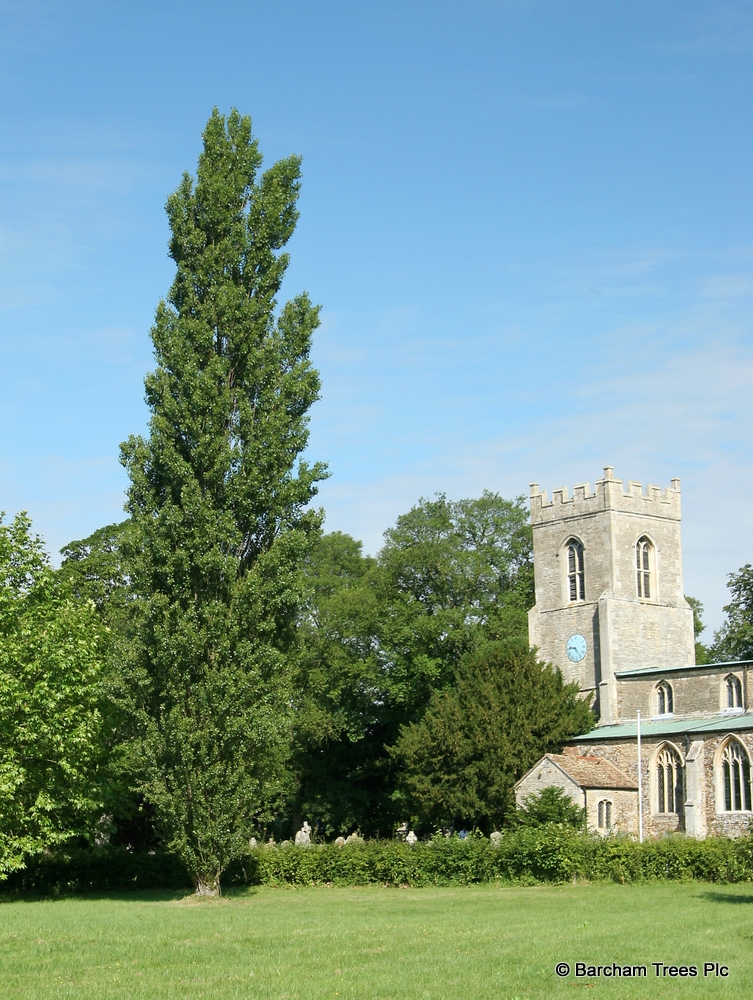Poplar
- Family: Salicaceae
- Local Names: Bengali (bangikat), English (Himalayan poplar), Hindi (chalun,ban pipal,bagnu,chalni,safeda,pahari pipal,chalaun), Nepali (Bhote pipal,bangikat,bange kath), Trade name (Himalayan poplar,palachh,paluch,parari pipal)
Description
1. In India, plant can grow upto height of 26 m(85 feet) or above with in life span of 5 to 7 years
2. They have a characteristic pyramid like shape. They have very long, straight trunks in a grey-white colour covered in smooth or rough grey bark, marked with streaks. Their roots spread close to the surface, contorting the ground around them. They have a refined, deciduous foliage with finely serrated, spike-shaped leaves. The leaves are light green on the edges and dark green at the centre, that transform into golden hues in the autumn.
3. Their flowers form groups of male catkins with reddish stamens and more rigid female catkins. Their berries are surrounded by a cottony down which is a common allergen.
Ecology
1. Poplar trees are widely cultivated in the northern plains of India, especially in the states of Punjab, Haryana, Uttar Pradesh, Uttarakhand, and parts of Himachal Pradesh and Jammu & Kashmir.
2. They thrive in temperate and subtropical climates with cool winters and warm summers.
3. Poplars prefer deep, well-drained, loamy soils with good moisture availability. They play a significant role in soil stabilization and preventing erosion.
4. Poplars contribute to carbon sequestration, helping mitigate climate change. Their plantations support biodiversity, providing habitat for birds and insects.
5. Poplars are widely used in agroforestry, intercropped with crops like wheat and sugarcane. They require substantial water, especially during the initial growth stages. They are used in afforestation projects, especially on degraded lands.
Tree Management
1. The trees growing in the open develop broad, long crowns and exhibit poor self-pruning. It is susceptible to fire especially seedling and saplings regeneration which are killed even by light fire; mature trees survive light ground fire but crown fire kills them. When the trees are managed for fodder, they are closely spaced and managed under an intensive coppice system. All-purpose management system involves a thinning in the 7th or 8th year, removing 50% of the tree for pulp production. Clear felling is done at 10-15 years. Regeneration of a new crop is through replanting. Besides depth, water-holding capacity is an important factor determining the establishment and growth of P. ciliata.
2. The seeds weigh about 15 million/kg; they lose viability rapidly under normal storage conditions of room temperature; total loss of viability has been reported after 3 weeks. Fresh seeds exhibit high viability giving a germination rate of up to 75-90%.
In the natural range of its distribution, P. ciliata prefers moist cool places, though it comes up on dry slopes also where the growth is generally very poor. The climate is broadly temperate, for example in blue pine and spruce forests.
3. The tree can be propagated by stem cuttings, root cuttings or seed with stem cuttings being the most common method. About 20-25 cm long cuttings are inserted in the nursery before the buds commence sprouting. Where seeds are used, germination commences within 2-3 days of seed dispersal if sufficient moisture is available.
Timber
Wood is used for making boxes for packing grapes; also for poles, trucks and barrow-trays, coaches, furniture and cross-beams. Suitable for second quality match-splinters. The finishing quality of the wood is nearly equal to that of teak.
Shade or Shelter
Medicine
Bark is a tonic, stimulant and blood purifier.
Gum or Resin


